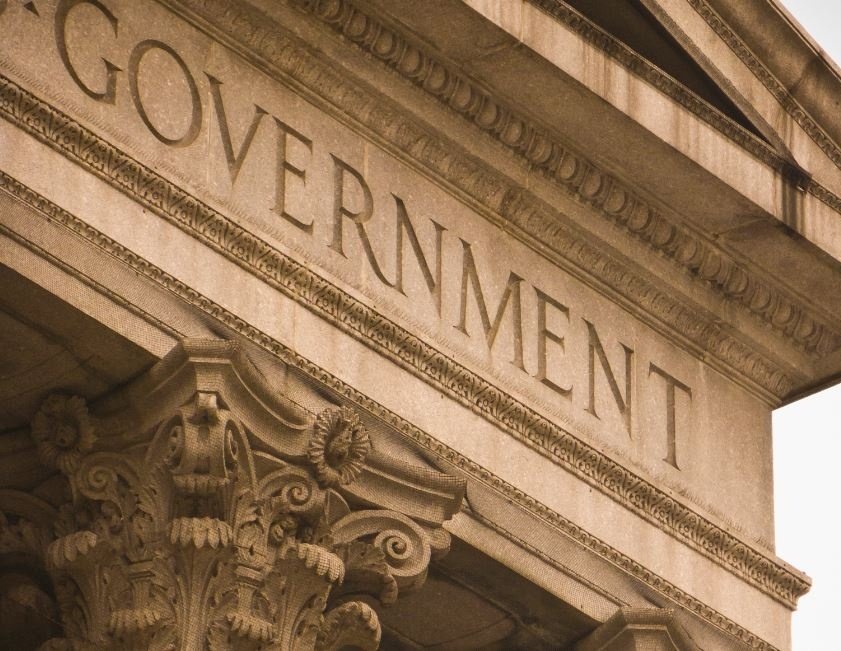On July 25, 2023, the Butte County Commission held meetings despite the agendas for both the Board of Adjustments meeting and the special meeting not having a correct date or specifying a time. If you’d like to catch up on how that day started, you can read that article here.
Near the end of the special meeting during public comment, Travis Ismay began to speak and was immediately cut off and the commission voted 4-1 to remove him. Once he was removed, they also called a recess and removed everyone else. After everyone was removed from the room, the commissioners basically had an illegal meeting that they wanted to somehow justify being an executive session without it being on the agenda. According to Open Meetings Laws, what they did here was illegal. Read on to learn more as well as watch the video below. The following excerpt is from the Open Meetings Brochure:
(emphasis mine)
” WHAT IS SOUTH DAKOTA’S OPEN MEETINGS LAW?
South Dakota’s open meetings law embodies the principle that the public is entitled to the
greatest possible information about public affairs and is intended to encourage public participation
in government. SDCL 1-25-1 requires that official meetings of public bodies must be public and
notice is to be given of such meetings 24 hours in advance of the meetings. While the open
meetings law does not define “official meeting,” specific statutes relating to cities, townships,
counties, and school districts define what constitutes an official meeting. In addition, the attorney
general takes the position that a meeting must be open to the public if:
1) A legal quorum of the public body is present at the same place at the same time; and
2) Official business, meaning any matter relating to the activities of the entity, is discussed.
Openness in government is encouraged.
WHO DOES THE OPEN MEETINGS LAW APPLY TO?
The open meetings law applies to all public bodies “of the state or its political subdivisions” that
exercise “sovereign power derived from state law.” SDCL 1-25-1. This includes cities, counties,
school boards and other public bodies created by ordinance or resolution, such as appointed
boards, task forces, and committees, so long as they have authority to actually exercise
sovereign power. Although no court decisions have been issued on the subject, this probably
does not include bodies that are not created by statute, ordinance or resolution or that serve only
in an advisory capacity. The state Constitution allows the Legislature and the Unified Judicial
System to create rules regarding their own separate functions.
WHEN CAN A MEETING BE CLOSED TO THE PUBLIC AND MEDIA?
SDCL 1-25-2 allows a public body to close a meeting for the following purposes: 1) to discuss
personnel issues pertaining to officers or employees; 2) consideration of the performance or
discipline of a student, or the student’s participation in interscholastic activities; 3) consulting with
or reviewing communications from legal counsel about proposed or pending litigation or
contractual matters; 4) employee contract negotiations; or 5) to discuss marketing or pricing
strategies of a publicly-owned competitive business.
The statute also recognizes that executive session may be appropriate to comport with other
laws that require confidentiality or permit executive or closed meetings. Federal law pertaining to
students and medical records will also cause school districts and other entities to conduct
executive sessions or conduct meetings so as to refrain from releasing confidential information.
Meetings may also be closed by cities and counties for certain economic development matters.
SDCL 9-34-19.
Note that SDCL 1-25-2 and SDCL 9-34-19 do not require meetings be closed in any of these
circumstances.
Any official action based on discussions in executive session must, however, be made at an
open meeting.
WHAT IS THE PROPER PROCEDURE FOR EXECUTIVE SESSIONS?
Motions for executive sessions must refer to the specific state law allowing for the executive
session i.e. “pursuant to SDCL 1-25-2(3).” Also, best practice to avoid public confusion would be
that public bodies explain the reason for going into executive session. For example, the motion
might state “motion to go into executive session pursuant to SDCL 1-25-2(1) for the purposes of
discussing a personnel matter,” or “motion to go into executive session pursuant to SDCL 1-25-
2(3) for the purposes of consulting with legal counsel.”
Discussion in the executive session must be strictly limited to the announced subject. No official
votes may be taken on any matter during an executive session. The public body must return to
open session before any official action can be taken.
Board members could be held personally liable for the results of an official vote taken illegally
during an executive session. For example, a contract approved only during an executive session
could be found void and the board members could be required to repay any public funds spent
under the contract.
WHAT HAPPENS IF THE MEDIA OR PUBLIC IS IMPROPERLY EXCLUDED FROM A
MEETING OR OTHER VIOLATIONS OF THE OPEN MEETING LAW OCCUR?
Excluding the media or public from a meeting that has not been properly closed subjects the
public body or the members involved to (a) prosecution as a Class 2 misdemeanor punishable by
a maximum sentence of 30 days in jail, a $500 fine or both or (b) a reprimand by the Open
Meeting Commission (“OMC”). The same penalties apply if the agenda for the meeting is not
properly posted or other open meeting violations occur.
Also, action taken during any meeting that is not open or has not been properly noticed could, if
challenged, be declared null and void. It could even result in personal liability for members of the
governing body involved, depending upon the action taken.”
Does this mean every action and vote taken is null and void, including the votes about allowing the variances?
Share your thoughts in the comments!

